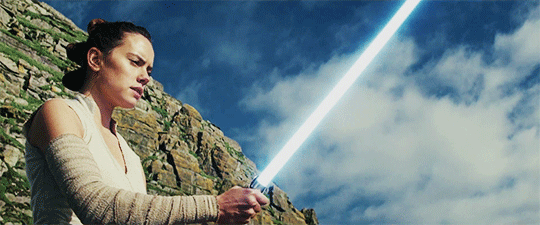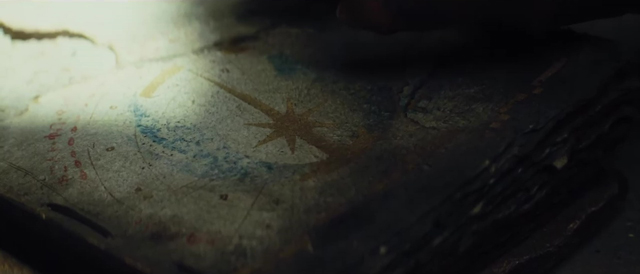
Tomorrow night, our journey to The Last Jedi is complete! Before we see the next chapter of the war between the Resistance and the First Order, we decided to reach out to Dan Wallace for an interview on his recently released book, The Rebel Files Deluxe Edition. Our readers should be very familiar with Dan, who continues to be one of the best storytellers and developers of Star Wars lore.
In The Rebel Files, we are introduced to an almost sacred tome of Rebel knowledge, secrets, and insights. Arranged in a scrapbook style, the history of the Alliance to Restore the Republic is charted from its earliest years up to the day before the Battle of Endor. Old Rebels like Leia and Ackbar relive key moments, while younger members of the Resistance like Poe Dameron get a first hand look at the trials and tribulations of the Alliance. So, grab your flight helmet, strap in, and let’s fly into the interview.
Dan, thank you again for taking the time to answer our questions. Let’s talk a bit about the premise for The Rebel Files. Tell us a little about the development of this book and how you ultimately settled on using Hendri Underholt as the character who helps “tell” the story?
As most people probably know, Star Wars: The Rebel Files is a continuation of a series that began with The Jedi Path in 2010. The basic premise is that the book is an in-universe document written by various Star Wars personalities about a particular aspect of the universe. The Rebel Files is the first to be published under the new Disney canon, and it focuses on the formation and early years of the Rebel Alliance. With Rogue One and Star Wars Rebels out there, this seemed like the perfect time to tackle the Rebellion. Read More




